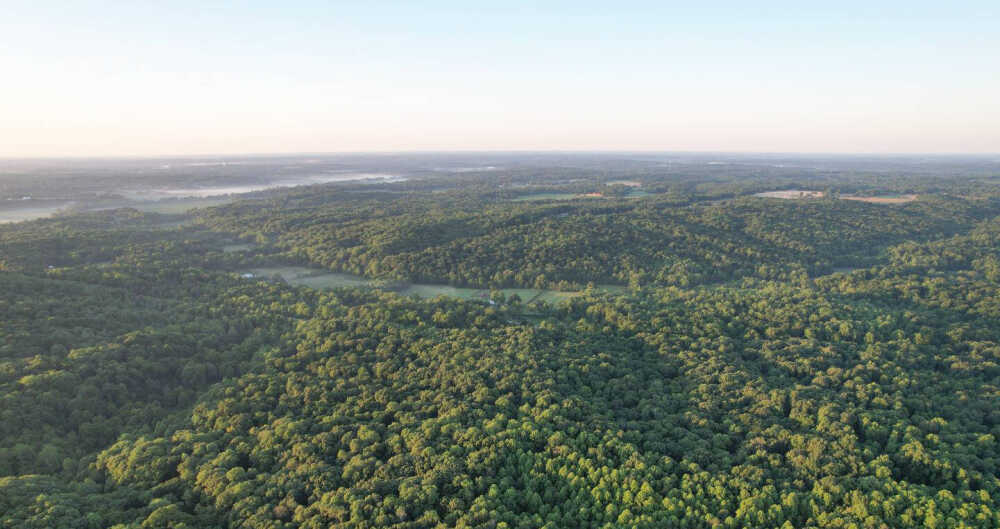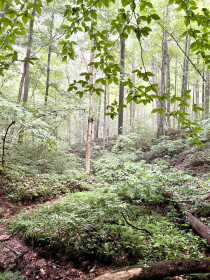Acquisition of 570-acre Putnam Fern Station site big for Indiana

Indiana just experienced its biggest day ever for land conservation.
I’ll forgive readers if they didn’t know that. But I’ll also assure them that they and their fellow Hoosiers will benefit from that day – literally – forever.
On Tuesday, Sept. 6, the Next Level Conservation Trust Project Committee met and decided how to distribute more than $23 million of the $25 million the State of Indiana set aside for land conservation in the biannual budget passed last year. With the help of those funds, portions of the Indiana landscape will be protected in perpetuity by land trusts across the state.

To the state government’s credit, when it put out requests for proposals for these funds, it told land protection groups to “dream big.” And we did.
The conservation community identified swaths of ancient forest, vibrant wetlands, unique geological formations, endangered species’ habitat and other important natural places, many that we thought we might never have the resources to purchase and protect. The requests totaled more than $30 million.
This doesn’t mean that organizations simply found ways to spend money. The Next Level Conservation Trust provides up to three-to-one matching grants, which means that every organization that requested funds also committed to raising money from donors.
The result is that in the near future more money than ever will be used to purchase significant parcels of Indiana’s natural areas and place them into protective care forever. Hoosiers will have opportunities to enjoy pristine natural areas, to experience Indiana’s native flora and fauna, and also to benefit from improved water and air quality well beyond those properties.
The funding was distributed from among divisions of the state’s Department of Natural Resources adding to parks, forests, fish and wildlife areas and nature preserves as well as county and local parks and multiple land trusts from across the state. This is a big deal because these latter properties will be open to the public but their ongoing care will not require tax dollars.
For example, the Central Indiana Land Trust is using its $3.1 million to help purchase and protect land just west of Greencastle in Putnam County. A 570-acre site known as Fern Station, this property has been on our wish list for more than a decade because it represents classic Indiana forestland and serves as home to a number of rare and endangered species. It sits virtually undisturbed now – with only a single gravel road cutting through it – but, unable to find a buyer, the landowner had been considering dividing the land into parcels for sale.
Without the help of state funds, we might never have been able to raise enough money to protect the property, which will represent the largest single land purchase in our history. And, because it sits near another protected property – the Fern Cliff Nature Preserve – it helps to increase the critical mass of protected land in that area.
With the funds from the Next Level Conservation Trust, similar transactions will take place across the state, bringing thousands of acres of land under protection. This is a critical step at a time when we lag well behind other states in terms of protected land and continue to lose thousands of acres to development every year.
We applaud Indiana’s leaders for making these funds available for investment in the future of Indiana’s natural places, and we thank the generous land preservation supporters across the state for providing the matching funds needed to make these purchases possible. Together, we are all working to preserve the best of Indiana’s natural legacy.
